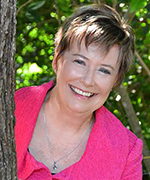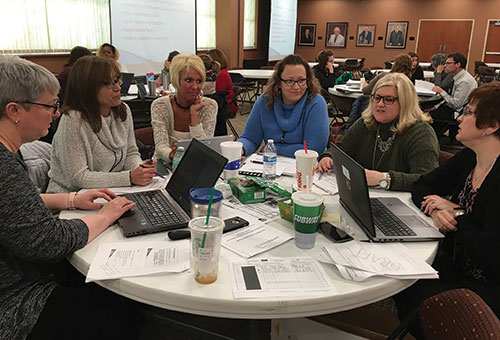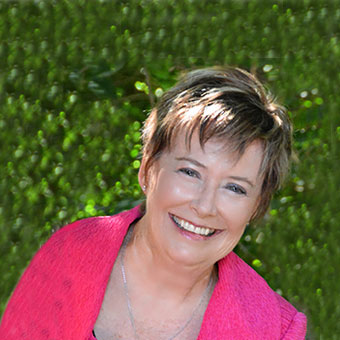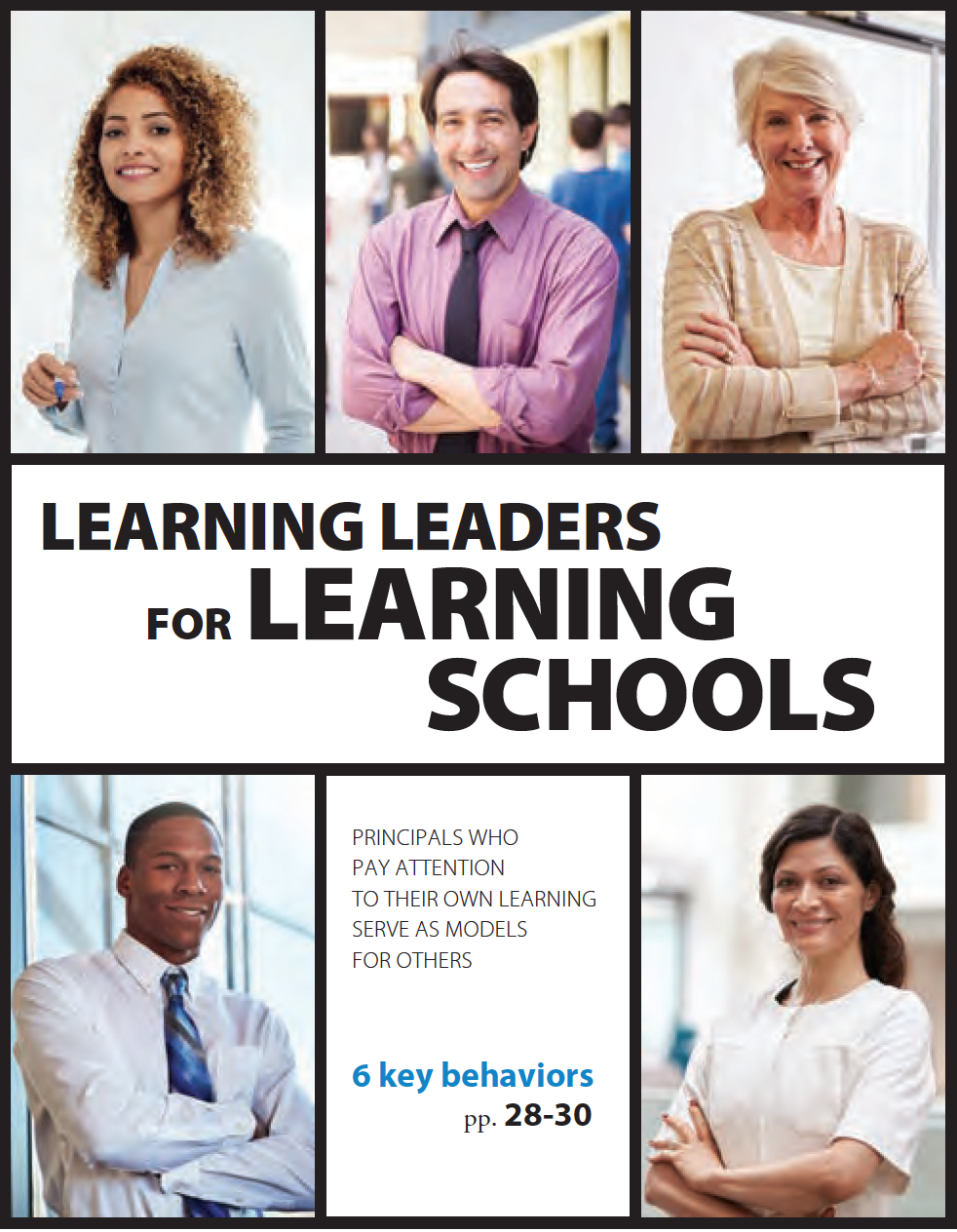
Kay Psencik
Kay Psencik served students and educators for over 30 years in Texas public schools as a teacher and school administrator. She has supervised, supported, and coached principals for over 40 years. Today, she is a senior consultant with Learning Forward, co-author of Becoming a Learning System and The Learning Principal, and author of Accelerating Student and Staff Learning and The Coach’s Craft. She is a professional certified coach with over 500 hours of coaching experience.
All Articles
-
With high-quality support, principals become true learning leaders
Principals play a crucial role in student achievement and school success (Grissom, 2021), yet can experience "ad hoc" professional learning that has little connection to strengthening the skills they need to be effective leaders. Fortunately, thanks to decades of research, we know much about content and learning approaches that are […] -
Principals rediscover their joy and purpose through coaching
Principals are feeling the stress of these tumultuous times. According to a recent report sponsored by The Wallace Foundation, principals report that, for the last two years, they have spent most of their time on COVID-19 responses, teacher absences and retention, and designing online instruction (Clifford & Coggshall, 2021). They […] -
Building community in a divided world
How do you build the collaboration essential for professional learning amid political, social, and other tensions? This webinar will examine strategies for building trust, shared purpose, and community among educators. It will draw on articles from the February 2022 issue of The Learning Professional on the theme of building community […] -
The Learning Principal: Living equity-centered leadership
Principals bear the critical responsibility of creating the conditions necessary for effective teaching and learning in their schools. During this discussion, The Learning Principal authors and practitioners will share research that clarifies the link between principal actions and results for students. Participants will exit the webinar with “leader-focused” tools and […] -
The art of listening
The Learning Principal, by Kay Psencik, Frederick Brown, and Stephanie Hirsh, is Learning Forward’s latest book in a series focused on putting professional learning at the heart of improvement for leaders, teams, and systems. The book is full of practical tools, many of which are useful for leaders at multiple […] -
The power of coaching in Fort Wayne, IN
Effective coaches make time for their own learning. As they systematically engage in professional learning, they develop and deepen their knowledge in areas including the Standards for Professional Learning (Learning Forward, 2011), adult learning principles, and research-based instructional practices. This ongoing learning process doesn’t happen automatically. It takes intentional design […] -
Coaching principals is a calling and a commitment
Principals are smart, accomplished leaders. They want their students to be successful and have a deep moral internal drive to educate all students to high standards. But principals have complex jobs that get more complex every year. In today’s environment, workforce skills, community involvement skills, communication skills, and technology skills […] -
Learning to lead
The role of the principal is a complex one. How well principals play that role matters to the success of the students and teachers they serve. Since Roland Barth (1984) succinctly noted that “the quality of a school is related to the quality of its leadership” (p. 93), research has […] -
Create Learning Systems, Not Silos
In a learning system, central office personnel assume collective responsibility for schools and go about their work very differently. They are responsible not only for departments and programs, but also for student learning. They demonstrate that responsibility by engaging in data-informed conversations about student achievement. These conversations model a culture […] -
Learning Leaders for Learning Schools
The field of leadership learning has evolved a great deal since the early 2000s, when The Wallace Foundation began its focus on education leadership. We now know that leadership is second only to teaching among in-school influences on student success, and the impact is most pronounced in schools with the […]











